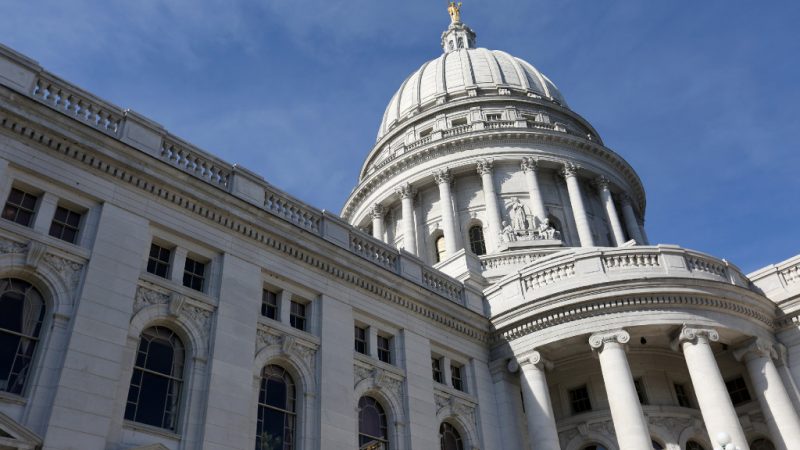Using federal money from the latest COVID-19 stimulus package to expand broadband would require a higher level of service for the projects than putting state money toward the build-out, according to the Legislative Fiscal Bureau.
That means using federal money to expand into underserved areas would make the projects more expensive than if state funds were used, according to LFB.
The Joint Finance Committee will take up broadband expansion as part of Thursday’s executive session, and LFB laid out some options before the committee ahead of the vote.
Gov. Tony Evers called for using $200 million in general purpose revenue in the budget for broadband expansion. He also has said he wants to use $200 million of coming COVID stimulus money for infrastructure with an unspecified amount going to broadband.
>> WisPolitics is now on the State Affairs network. Get custom keyword notifications, bill tracking and all WisPolitics content. Get the app or access via desktop.
The GOP-controlled state Legislature, meanwhile, approved a bill earlier this spring that would’ve required $500 million of the coming federal money to go to broadband expansion, including grants of $125 million a year through 2024. Evers vetoed the bill along with 10 others Republicans had approved dictating how the stimulus money should be spent.
The FCC benchmark to qualify as broadband includes a download speed of 25 megabits per second and upload speeds of 3 Mbps. That standard, referred to as 25/3, is used for state broadband expansion grants.
The Public Service Commission estimates it could cost $700 million to $1.4 billion to provide service at that speed to all Wisconsin residents, though the agency noted the difficulty in estimating a final tab. The state’s share of that could be $200 million to $700 million, according to the LFB paper.
The U.S. Treasury Department last week released guidance on the use of federal funds from the American Rescue Plan Act that President Biden signed this spring. It says the money may only support broadband infrastructure in areas that currently lack access to 25/3 service. The projects paid for with the money also would have to provide speeds of 100 Mbps for downloads and 100 Mbps for uploads except in limited circumstances.
While not required, Treasury is also encouraging the money to prioritize areas that weren’t already planned to receive service of at least 100/20 by Dec. 31, 2024, through existing allocations or agreements.



